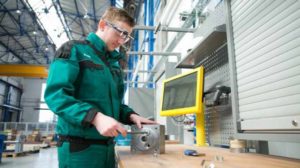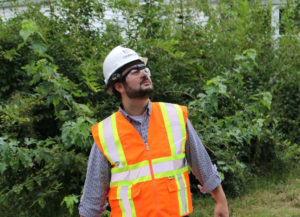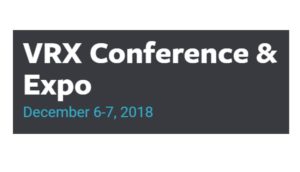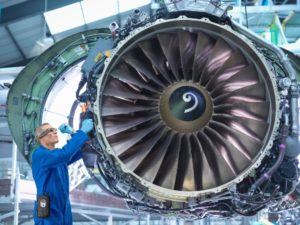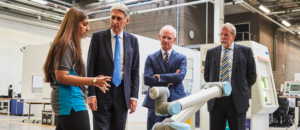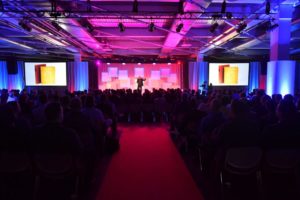Atheer releases results of Enterprise AR Readiness Survey
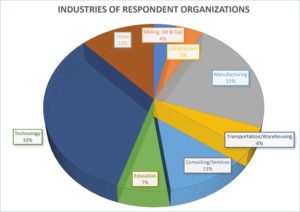
The largest category of respondents in the survey group came from the technology (30 percent) and manufacturing (20 percent) industries.
A couple of highlights they shared with us include:
* Enterprises were asked “when do you believe AR will reach widespread adoption in your organization” – and 70 percent said that they expect it will happen in their organization within the next three years.
* When asked which devices their organization would use to deliver AR solutions – more than half of those surveyed did not just pick a single platform.In fact, 57.69 percent of all respondents said they expect to deliver enterprise AR solutions on mobile devices (ie. tablets and smartphones) first and then offer them on smartglasses.
Read the full details on the research results here.

